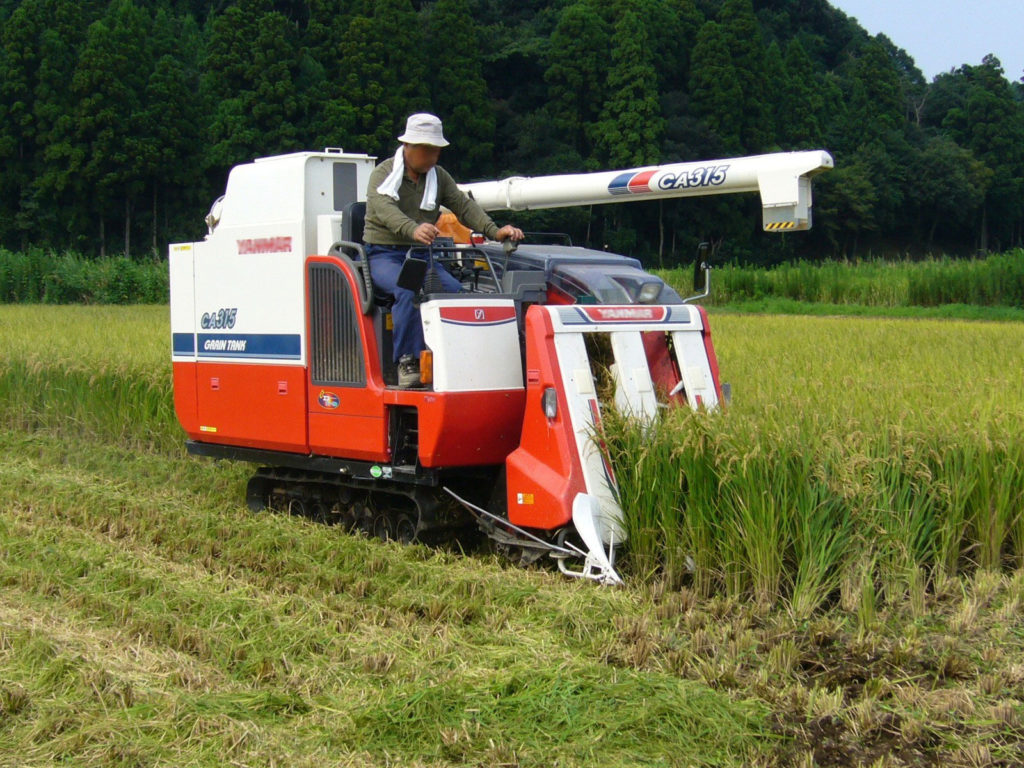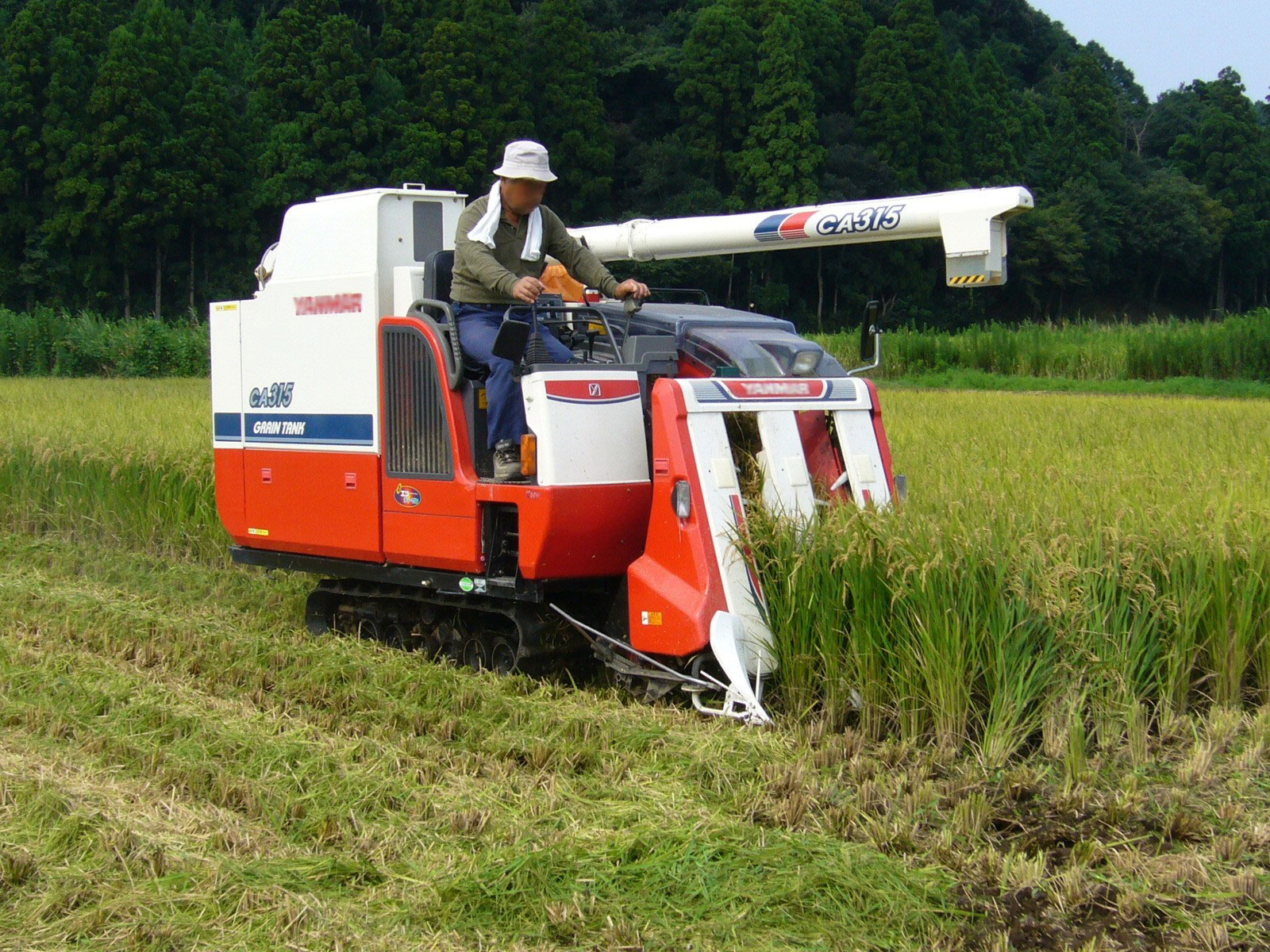South Asia is home to large rural populations heavily dependent on farming for their livelihoods. About 63% of Bangladesh’s population lives outside cities, according to the World Bank, while a majority of this rural population is employed in agriculture to some extent. But times are fast changing.
A team of scientists from two of that nation’s prominent agricultural universities say Bangladesh’s farms are now beginning to feel the pinch of labor shortages. The pull of cities is just too strong there, as it is anywhere in the world, with workers now pouring into Bangladesh’s urban centers in search of new opportunities in a fast-growing economy. For farmers to cope, these scientists say the solution to rising labor shortages is new farm machinery, and research they’ve just published presents strong evidence in favor of the argument that the developing world’s farms must indeed mechanize to survive and thrive.
In Wazirpur, a community about a seven hour drive south of Dhaka, researchers from Bangladesh Agricultural University and Sylhet Agricultural University undertook a simple but effective experiment: they provided one set of farmers with a mini-combine harvester imported from China and compared that group’s productivity and costs of harvesting against a control group in the same community relying on the usual manual labor. The research team’s tool of choice was a DR150A harvester manufactured by Suzhou Wude Mechanical Parts Co. Ltd., a small but efficient machine that Bangladesh Agricultural University scientist Rostom Ali said “can be used to harvest rice and wheat”. People generally assume that machines save farmers time, money, and labor, but here is an instance where scientists set out to precisely determine whether this is actually true, and in carefully controlled and closely monitored testing. Their results are eye-opening.
The team says using the Chinese mini-combine harvester resulted in 70% labor savings and nearly 58% cost savings on average for their test group compared to the control group. Traditional harvesting methods can lead to fairly sizeable volumes of produce lost in the fields, and here the machine performed well again, reducing field losses to 1.61% on average compared to an estimated 6% loss from the manual harvesting. It costs money to acquire and operate this machine, of course, but the researchers say the Chinese harvester pays for itself after working only 35 hectares when one factors in labor savings and field loss reductions. “The combine harvester will run on a fully profit basis if it could be used after that minimum hectares,” they declared in the Journal of Bangladesh Agricultural University.

But that’s not the end of the story.
Though these machines seem to pay for themselves, smallholder farmers in rural Bangladesh are still too often living on the edge and usually lack the money to make that initial purchase. Bank lending may be inaccessible for them as well. But there really is no need for a large sum of upfront cash or for taking out a loan, Ali said. In a separate investigation he and his colleagues sought to determine how the economics of incorporating a mini-combine worked when farmers didn’t own the equipment outright, but rather purchased services from companies or contractors who harvested at multiple farms with their own mini-combines. As they explain in the latest issue of the International Journal of Agricultural Innovation, Technology and Globalisation, the team concluded that the math for such an arrangement actually works better. By selling machine harvesting as a service, a break-even cost is reached after working just 9.24 hectares of farm land, their report says. Thus, a new rural business model is born, as Ali explained to Grow Further. “Combine harvesters are now available to poor or marginal farmers through customer hiring services,” he said. “A machine owner gives the machine, operator, fuel, oil, etc. Farmers just get services through a specific amount of money per unit area”.
Debates over farm machinery can become polarized as “modern” versus “inappropriate” for smallholders. Grow Further is interested in supporting work like this that helps to determine what actually works for smallholder farmers.
–Grow Further




